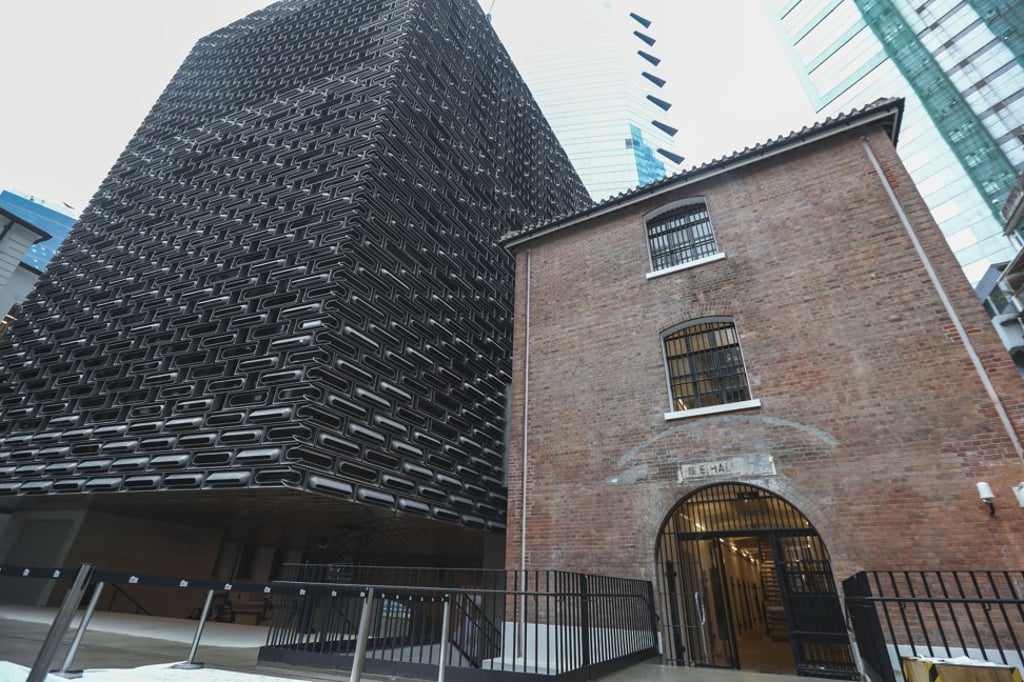Hong Kong Central Police Station restoration: how city’s most ambitious heritage project overcame the odds
The new Tai Kwun complex partially reopened in May, with 16 buildings restored, adapted and merged with contemporary materials that saw local restorers learn new techniques – but also regular clashes with government officials

More than half a million clay tiles made in China’s Guangdong province. Forty thousand red bricks imported from northern England. About 200 prison cells preserved. And the most striking figure of all: HK$3.8 billion (US$485 million) spent so far transforming Hong Kong’s historic Central Police Station complex into a 300,000 square foot (27,870 square metre) public heritage and cultural centre.
Tai Kwun – colloquial Cantonese for “Big Station”, and now its official name – partially reopened at the end of May, offering a rare chance in Hong Kong to explore a host of magnificent heritage buildings.
Most of the city’s Victorian and Edwardian-era architecture was demolished long before the British handed Hong Kong back to China in 1997 as economic development put a premium on land value. As a result visitors have flocked to see how the Tai Kwun complex’s 16 buildings – built between 1864 and 1925 – have been restored, adapted and merged with contemporary elements such as two Herzog & de Meuron “black cubes” clad in aluminium bricks.
The Jockey Club has spent 11 years working on the project, and for some of those involved in the restoration work, Tai Kwun has changed their lives.

Fore than 30 years builder Tam Chi-yung worked on regular renovation of concrete and glass high-rises. Four years ago, aged 63, he decided to take a short evening course on heritage conservation.
“It wasn’t out of a love of history, to be honest. I was looking through the courses offered by the Construction Industry Council and I thought this was more suitable for my age and skills, as it focused on bricks, plastering and tiling. With heritage projects, the stress is on good workmanship rather than speed,” he says.